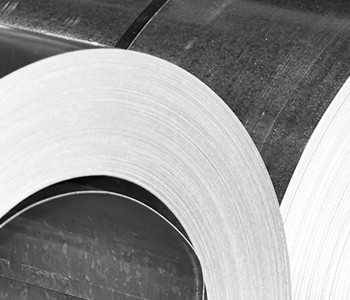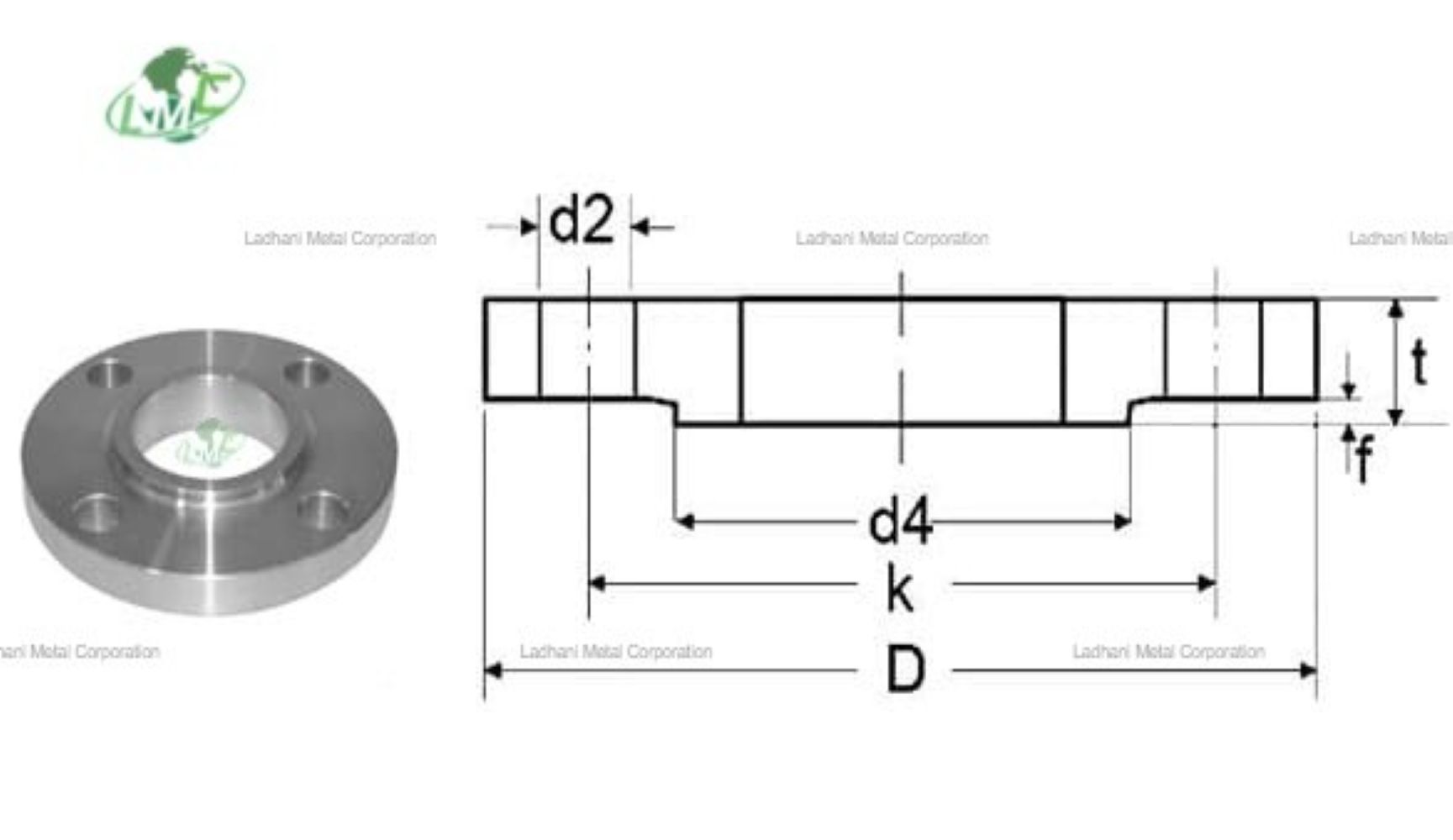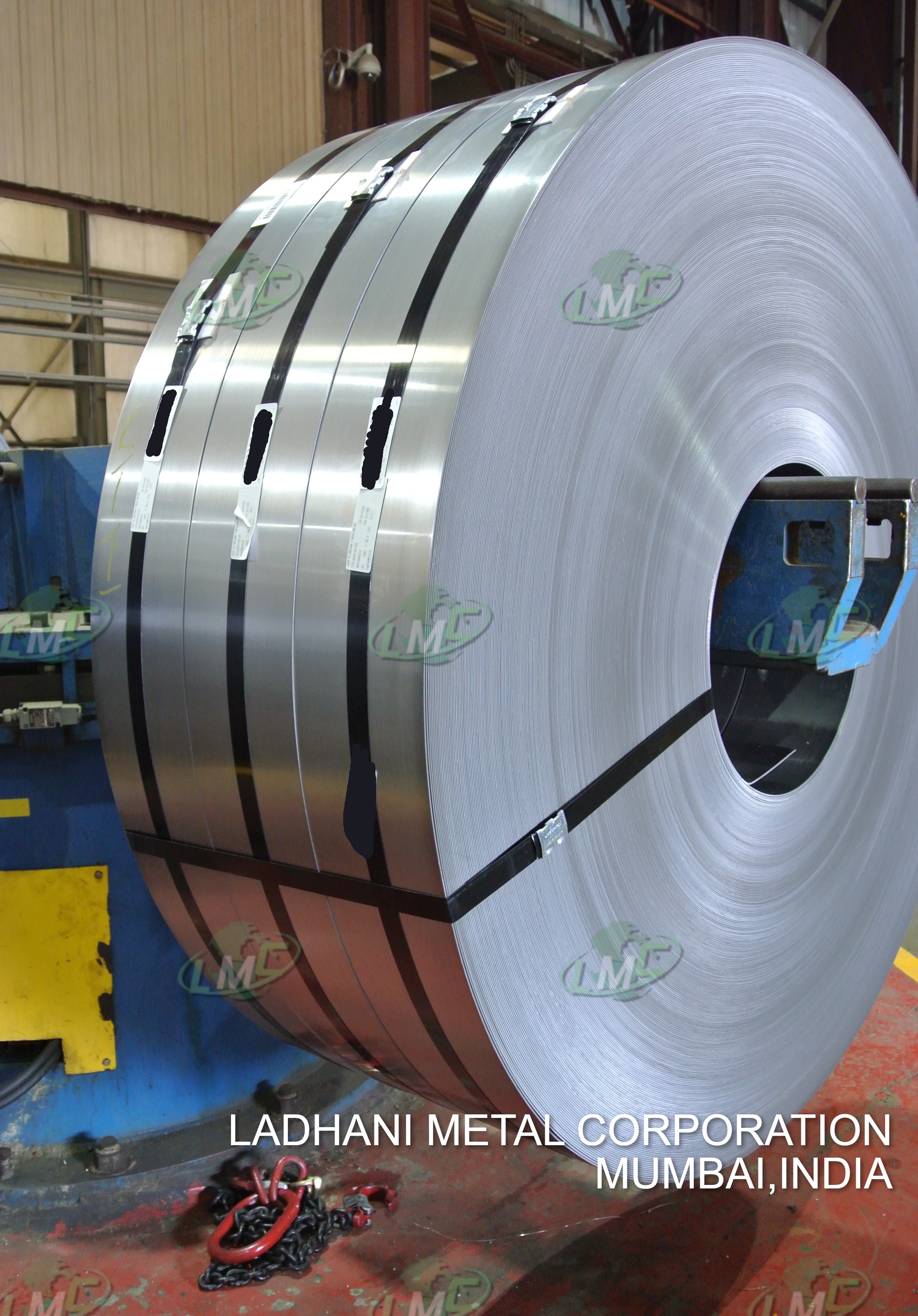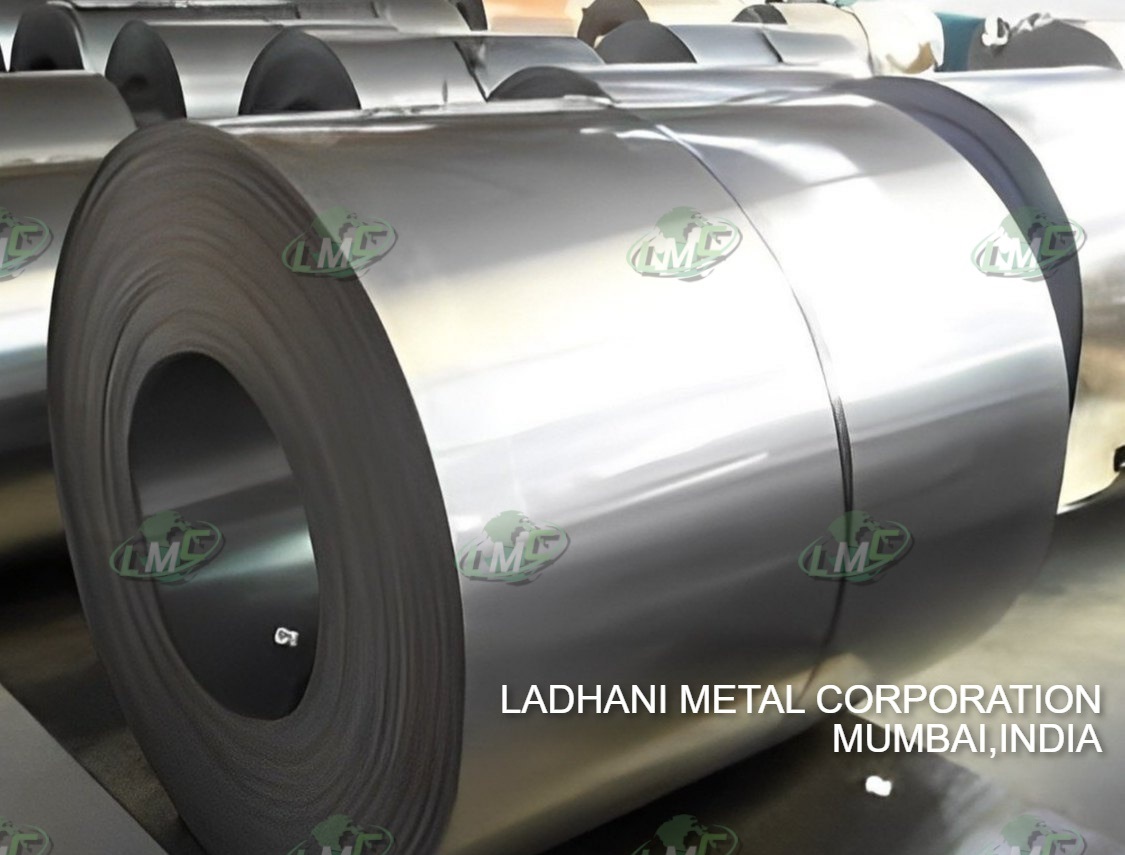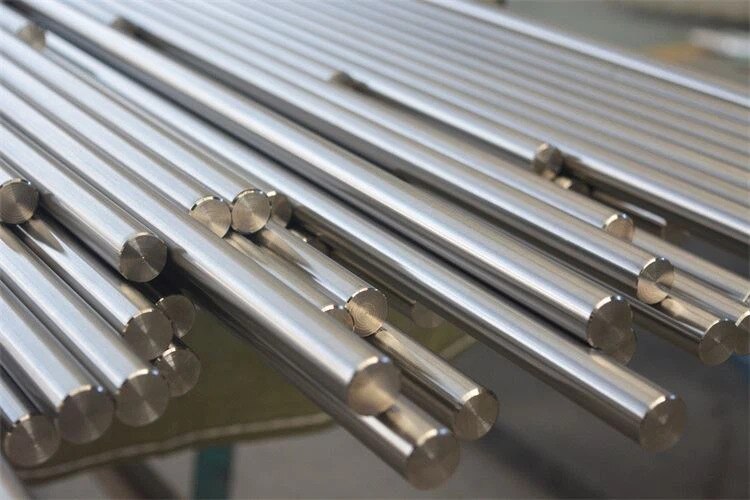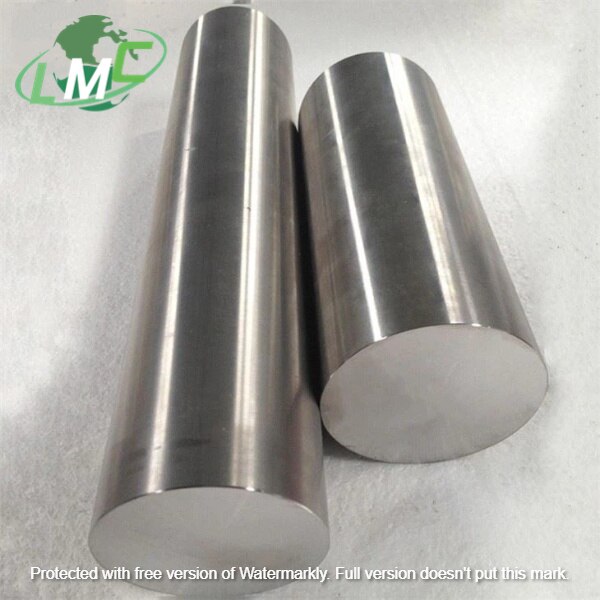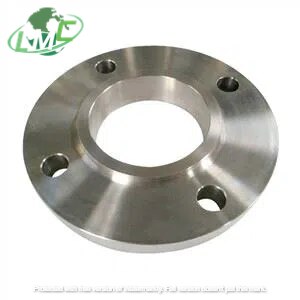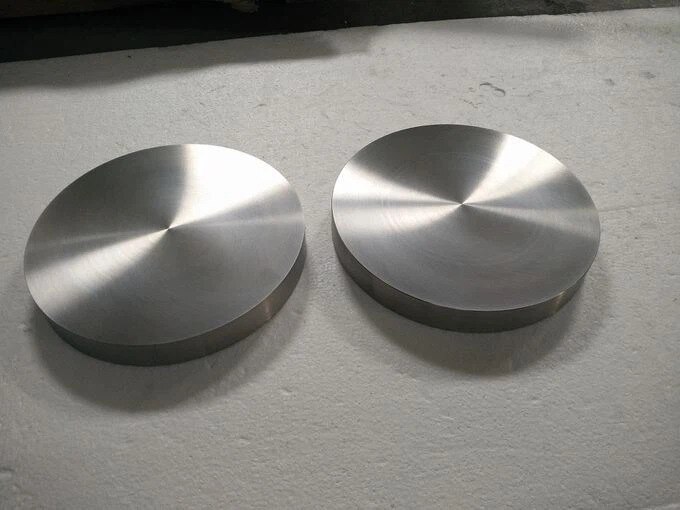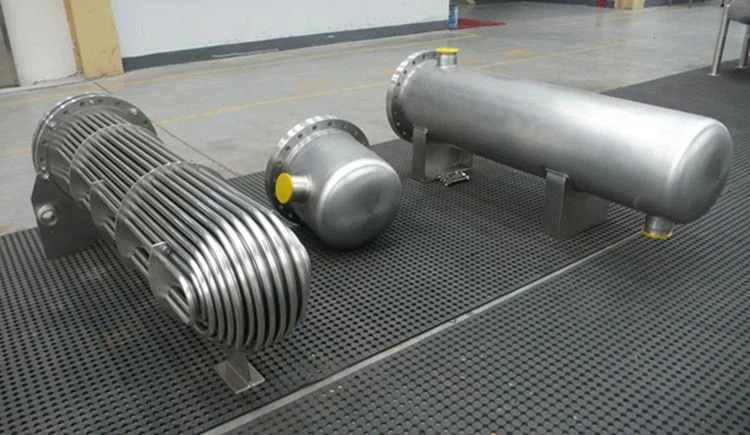Aerospace Titanium Specifications (AMS 49) AMS 4900 Plate, Sheet & Strip – Annealed –55,000 psi Yield AMS 4901 Sheet, Strip & Plate – Annealed – 70,000 psi Yield AMS 4902 Plate, Sheet & Strip – Annealed – 40,000 psi Yield AMS 4905 Plate, Damage Tolerant Grade – 6AI 4V, Beta Annealed AMS 4907 Plate, Sheet & Strip – 6Al-4V, Extra Low Interstitial, Annealed AMS 4908 Sheet & Strip – 8Mn Annealed - 110,000 psi Yield AMS 4909 Plate, Sheet & Strip – 5Al-2.5Sn, Extra Low Interstitial, Annealed AMS 4910 Plate, Sheet & Strip – 5Al-2.5Sn, Annealed AMS 4911 Sheet, Strip & Plate – 6Al-4V, Annealed AMS 4914 Sheet & Strip – 15V 3Cr 3Sn #AI – Solution Heat Treated AMS 4915 Plate, Sheet & Strip – 8Al-1Mo-1V – Single Annealed AMS 4916 Plate, Sheet & Strip – 8Al-1Mo-1V – Duplex Annealed AMS 4917 Plate, Sheet & Strip – 13.5V 11Cr 3Al – Solution Treated AMS 4918 Plate, Sheet & Strip –6Al-6V-2Sn – Annealed AMS 4919 Sheet, Strip & Plate – 6Al 2Sn 4Zr-2Mo – Annealed AMS 4920 Forgings – 6Al-4V – Alpha Beta or Beta Processed – Annealed AMS 4921 Bars, Forgings & Rings – Annealed – 70,000 psi Yield AMS 4924 Bars, Forgings & Rings – 5Al-2.5Sn – Extra Low Interstitial, Annealed – 90,000 psi Yield AMS 4926 Bars & Rings – 5Al-2.5Sn – Annealed – 110,000 psi Yield AMS 4928 Bars & Forgings – 6Al-4V – Annealed – 120,000 psi Yield AMS 4930 Bars, Forgings & Rings – 6Al-4V – Extra Low Interstitial, Annealed AMS 4931 Bars, Forgings & Rings – 6Al-4V ELI, Duplex Annealed, Fractured Toughness AMS 4933 Extrusions & Flash Welded Rings – 8AI 1Mo 1V – Solution Heat Treated & Stabilized AMS 4934 Extrusions & Flash Welded Rings - 6Al-4V – Solution Heat Treated & Aged AMS 4935 Extrusions & Flash Welded Rings – 6Al-4V – Annealed, Beta Processed AMS 4936 Extrusions & Flash Welded Rings – 6Al-4V – Beta Processed AMS 4941 Tubing, Welded – Annealed – 40,000psi Yield AMS 4942 Tubing, Seamless – Annealed – 40,000 psi Yield AMS 4943 Tubing, Seamless – Annealed – 3.0Al 2.5V AMS 4944 Tubing, Seamless – hydraulic – 3.0Al 2.5V – Cold Worked, Stress Relieved AMS 4951 Wire, Welding – Commercially Pure AMS 4953 Wire, Welding – 5Al 2.5Sn AMS 4954 Wire, Welding –6Al 4V AMS 4955 Wire, Welding – 8Al 1Mo 1V AMS 4956 Wire, Welding – 6Al 4V – Extra Low Interstitial, Environment Controlled AMS 4957 Bars & Wire, 3Al-8V-6Cr-4Mo-4Zr, Consumable Electrode Melted, Cold Drawn AMS 4958 Bars & Rod – 3Al-8V-6Cr-4Mo-4Zr, Consumable Electrode Melted, Solution Heat Treated & Centerless Ground AMS 4959 Wire – 13.5V 11Cr 3Al – Spring Temper AMS 4965 Bars, Forgings & Rings – 6Al-4V – Solution & Precipitation Heat Treated AMS 4966 Forgings – 5Al-2.5Sn – Annealed – 110,000 psi Yield AMS 4967 Rings & Forgings – 6Al-4V – Annealed, Heat Treatable AMS 4970 Bars & Forgings – 7Al 4Mo – Solution & Precipitation Heat Treated AMS 4971 Bars, Forgings & Rings – 6Al-6V-2Sn – Annealed, Heat Treatable AMS 4972 Bars & Rings – 8Al-1Mo-1V – Solution Heat Treated & Stabilize AMS 4973 Forgings – 8Al 1Mo 1V - Solution Heat Treated & Stabilized AMS 4974 Bars & Forgings – 11Sn 5.0Zr 2.3Al 1.0Mo 0.21Si - Solution & Precipitation Heat Treated AMS 4975 Bars & Rings – 6Al-2Sn-4Zr-2Mo - Solution & Precipitation Heat Treated AMS 4976 Forgings - 6Al-2Sn-4Zr-2Mo - Solution & Precipitation Heat Treated AMS 4979 Bars, Forgings & Rings – 6Al-6V-2Sn - Solution & Precipitation Heat Treated AMS 4981 Bars & Forgings 6Al 2Sn 4Zr 6Mo - Solution & Precipitation Heat Treated AMS 4983 Forgings – 10V 2Fe 3Al – Solution Heat Treated & Aged Military Titanium Specifications Mil-T-9046H Titanium & Titanium Alloy Sheet, Strip & Plate Type I – Commercially Pure: Composition A – CP GR 2 (40 KSI) Composition B – CP GR 4 (70 KSI) Composition C – CP GR 3 (55 KSI) Type II – Alpha Alloys: Composition A - 5Al-2.5Sn Composition B - 5Al-2.5Sn ELI Composition F – 8Al-1Mo-1V Composition G – 6Al-2Cb-1Ta-.8Mo Type III – Alpha-Beta Alloys: Composition C – 6Al-4V Composition D – 6Al-4V ELI Composition E – 6Al-6V-2Sn Composition G – 6Al-4Sn-4Zr-2Mo Composition H – 6Al-4V SPL Type IV – Beta Alloys Composition A – 13Al-11Cr-3Al Composition B – 11.5Mo-6Zr-4.5Sn (Beta III) Composition C – 3Al-8V-6Cr-4Mo-4Zr (Beta C™)(10) MIL-T-9046J Titanium & Titanium Alloy Sheet , Strip & Plate Commercially Pure (CP CP-1 – Grade 4 (70 KSI) CP-2 – Grade 3 (55 KSI) CP-3 – Grade 2 (40 KSI) CP-4 – Grade 1 (25 KSI) Alpha Alloys (A) A-1 – 5Al-2.5Sn A-2 – 5Al-2.5Sn (ELI) A-3 – 6Al-2Cb-1Ta-.8Mo A-4 – 8Al-1Mo-1V Alpha-Beta Alloys (AB) AB-1 – 6Al-4V AB-2 – 6Al-4V (ELI) AB-3 – 6Al-6V-2Sn AB-4 – 6Al-2Sn-4Zr-2Mo AB-5 – 3Al-2.5V AB-6 – 8Mn Beta Alloys (B) B-1 – 13V-11Cr-3Al B-2 – 11.5Mo-6Zr-4.5Sn (Beta III) B-3 – 3Al-8V-6Cr-$Mo-$zr (Beta C™)(10) B-4 – 8Mo-8V-2Fe-3Al MIL-T-9047E Titanium & Titanium Alloy Bars & Reforging Stock Alpha Alloys Composition 1 – Unalloyed Composition 2 – 5Al-2.5Sn Composition 3 – 5Al-2.5Sn ELI Composition 5 – 5Al-1Mo-1V Alpha-Beta Alloys Composition 6 – 6Al-4V Composition 7 – 6Al-4V ELI Composition 8 - 6Al-6V-2Sn Composition 9 – 7Al-4Mo Composition 10 – 11Sn-5Zr-2Al-1Mo Composition 11 – 6Al-2Sn-4Zr-2Mo Composition 14 – 6Al-2Sn-4Zr-6Mo Beta Alloys Composition 12 – 13V-11Cr-3Al Composition 13 – 11.5Mo-6Zr-4.5Sn (Beta III) MIL-T-9047G Titanium & Titanium Alloy Bars & Reforging Stock, Aircraft Quality Commercially Pure TI-CP-70 (Grade 4) Alpha Alloys Ti – 5Al-2.5Sn Ti – 5Al-2.5Sn (ELI) 6Al-2Cb-1Ta-.8Mo 8Al-1Mo-1V Alpha-Beta Alloys Ti – 3Al-2.5V Ti – 6Al-4V Ti – 6Al-4V (ELI) Ti – 6Al-6V-2Sn Ti – 6Al-2Sn-4Zr-2Mo Ti – 6Al-2Sn-4Zr-6Mo Ti –7Al-4Mo Beta Alloys Ti – 8Mo-8V-2Fe-3Al Ti – 11.5Mo-6Zr-4.5Sn (Beta III) Ti – 3Al-8V-6Cr-4Mo-4Zr (Beta C™)(10) Ti – 13V-11Cr-3Al Imperial and Metric sizes available upon request.
Send Message
